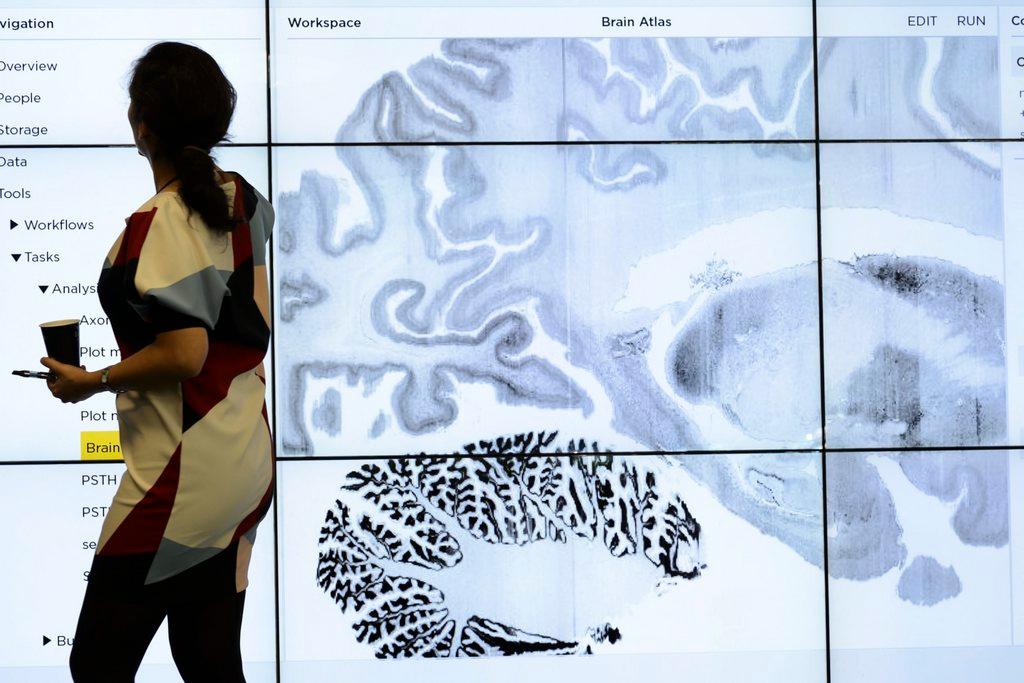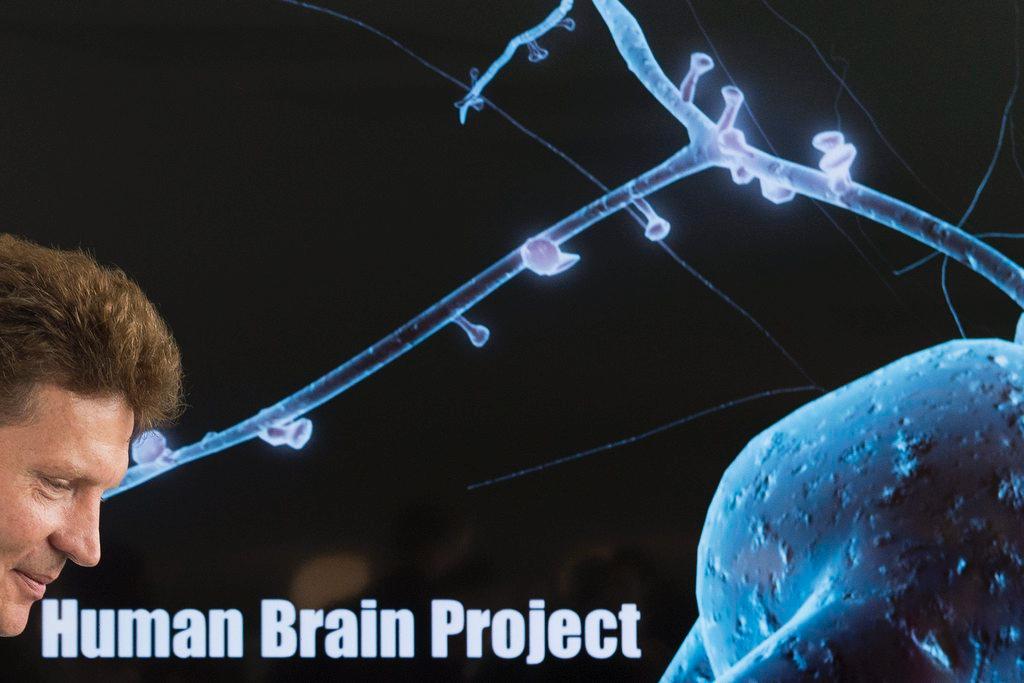Human Brain Project hits milestone

The European Union’s Human Brain Project (HBP) has ticked off a key early target: the official release of six prototype computing platforms that will allow the global scientific community to perform cutting-edge neuroscience research.
The HBP hope the platforms will allow researchers from many fields to share and analyse data collaboratively, leading to the development of maps of brain diseases, digital brain reconstructions across different biological scales, and brain-inspired computing systems.
The launch of the platforms marks the end of the HBP’s two-and-a-half-year ramp-up phase, and the beginning of its operational phase, which starts on April 1.
Now they are inviting researchers to apply to use and test the platforms.
“The HBP invites scientists everywhere to work with our prototype platforms and give us their feedback,” said neuroinformatics platform co-leader Karlheinz Meier, of the University of Heidelberg. “This will help us improve their functionality and ease of use, and hence their value to society.”
Through user feedback, the goal is for the platforms to be developed into a European Research Infrastructure (ERI) – a category of large-scale research tools with broad community access, which also includes CERN.
“The ultimate goal of the HBP is to become an ERI; it is not easy to do, but we have a roadmap,” said Philippe Gillet, the HBP Management Lead from the Swiss Federal Institute of Technology in Lausanne (EPFL).
The HBP is an international, ten-year research project that was launched in 2013 and involves 112 partners in 24 countries. Its founder, Henry Markram, is a professor at the Swiss Federal Institute of Technology in Lausanne, the project’s coordinating institution.
The European Commission has provided the HBP with €1 billion in funding to achieve its mission, which focuses on increasing understanding of the structure and function of the human brain through the development and use of information and communication technologies.
The HBP’s stated goal of delivering a simulated digital model of the human brain by 2023 has been the subject of controversy in the neuroscience community, as some in the field argue that the project is overly ambitious.
The six HBP platforms are:
1. Neuroinformatics: for the registration, searching and analysis of neuroscience data.
2. Brain simulation: for reconstructing and simulating brain regions and structures.
3. Medical informatics: for searching real patient data to understand similarities and differences among brain diseases.
4. Neuromorphic computing: for providing access to computer systems that emulate brain microcircuits, and that apply principles similar to those guiding learning in the brain.
5. Neurorobotics: for testing virtual models of the brain by connecting them to simulated robot bodies and environments.
6. High performance computing: for providing computing and storage facilities to run complex simulations and analyse large datasets.

In compliance with the JTI standards
More: SWI swissinfo.ch certified by the Journalism Trust Initiative













You can find an overview of ongoing debates with our journalists here . Please join us!
If you want to start a conversation about a topic raised in this article or want to report factual errors, email us at english@swissinfo.ch.